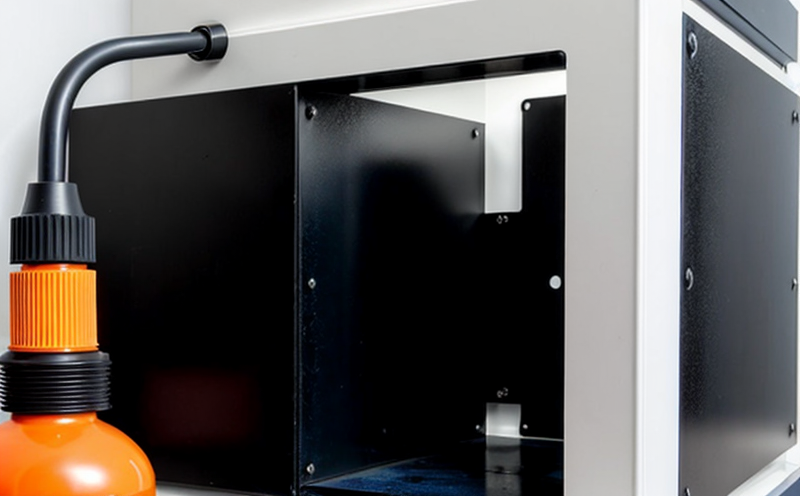ISO 2812 Chemical Resistance of Surface Treatments
The ISO 2812 standard is a critical benchmark in the nanomaterials sector, particularly focusing on the chemical resistance of surface treatments and coatings. This service ensures that nanocoatings used across various industries meet stringent chemical exposure tests to guarantee their integrity and performance under real-world conditions.
Surface treatments are essential components in many applications where materials need protection against corrosive environments or aggressive chemicals. These include but are not limited to aerospace, automotive, electronics, and construction sectors. The ISO 2812 test evaluates the ability of these surface coatings to resist chemical attack by exposing them to a series of common solvents and acids.
The primary goal of this service is to provide comprehensive testing that helps manufacturers ensure their products meet regulatory requirements, improve product longevity, and enhance overall quality. By adhering strictly to ISO 2812 standards, laboratories can offer clients reliable data on the chemical resistance performance of their nanocoatings. This information becomes invaluable for R&D teams looking to innovate or refine existing formulations.
For instance, aerospace companies might use this service to assess coatings used in engine components exposed to high temperatures and corrosive fuels. Similarly, automotive manufacturers could leverage it to analyze paint finishes subjected to road salt and other harsh elements during winter months. Electronics firms may apply these tests on protective layers covering circuit boards that encounter solvents during manufacturing processes.
The ISO 2812 procedure involves subjecting samples of surface treatments to a series of chemical baths or sprays, each representing different types of potential contaminants or solvents they might encounter in use. After exposure times specified by the standard, technicians visually inspect and measure any changes in appearance or thickness compared to unexposed controls.
Another aspect of this service includes preparing nanocoatings according to specific protocols outlined in ISO 2812. This ensures consistent results across all samples tested. Specimens are then subjected to rigorous immersion tests where they remain submerged for set durations before being removed, dried, and evaluated again.
Our state-of-the-art facilities utilize advanced instrumentation such as scanning electron microscopes (SEM) and Fourier transform infrared spectroscopy (FTIR). These tools allow us not only to observe surface alterations but also identify molecular changes indicative of degradation. Additionally, we employ colorimeters which provide precise measurements of any shifts in hue post-exposure.
Reporting from this service includes detailed descriptions of the testing process followed, along with quantitative data on resistance levels expressed as percentages or degrees of change. Visual records like photographs and videos may also accompany reports for additional clarity when presenting findings to stakeholders.
Quality and Reliability Assurance
- Consistent compliance with ISO 2812 standards ensures accurate and reliable results.
- Regular calibration of instruments guarantees precision throughout testing processes.
- Inclusion of control samples allows for validation of methodological accuracy.
- Use of standardized chemicals provides uniformity in exposure conditions.
International Acceptance and Recognition
The ISO 2812 standard is widely accepted across numerous countries, making it a global benchmark for chemical resistance testing. Its adoption by major industry players underscores its significance and reliability. Regulatory bodies around the world often reference this standard when establishing guidelines for nanocoatings used in various sectors.
By ensuring adherence to ISO 2812 requirements during development stages, manufacturers can preemptively address potential issues before products reach marketplaces. This proactive approach fosters trust among consumers who value safety and durability features provided by well-tested materials.
Use Cases and Application Examples
| Industry Sector | Application Example |
|---|---|
| Aerospace | Evaluating engine component coatings against fuel and high-temperature solvents. |
| Automotive | Assessing paint finishes exposed to road salt during winter months. |
| Electronics | Analyzing protective layers covering circuit boards subjected to manufacturing solvent exposure. |
| Bioengineering | Testing biomedical implants that come into contact with bodily fluids or cleaning solutions. |
| Solar Power | Evaluating photovoltaic cell coatings exposed to environmental contaminants like dust and rainwater. |





